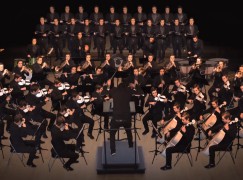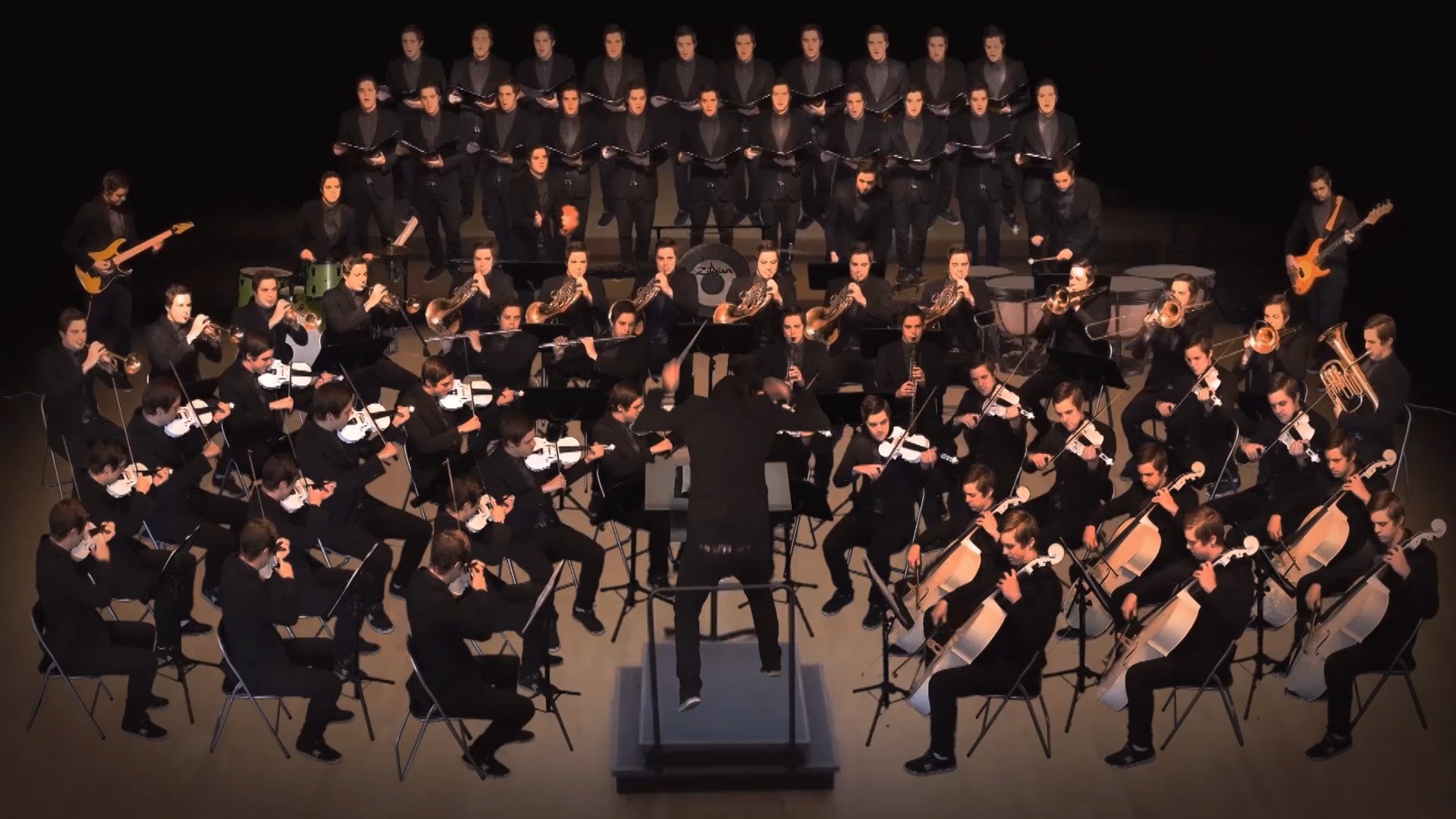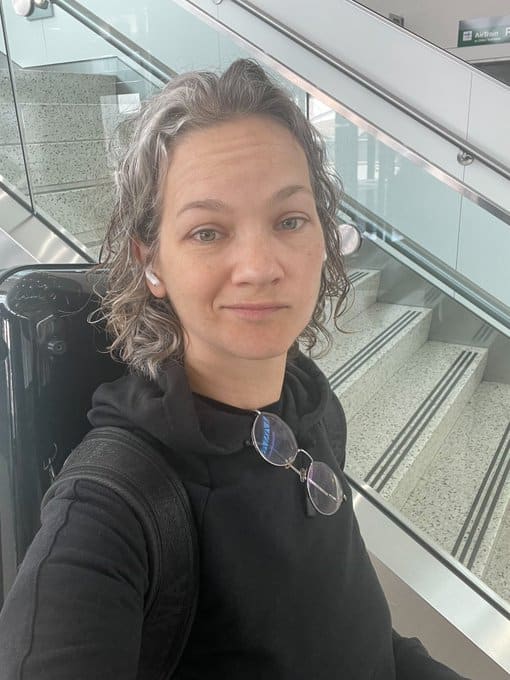Here’s one I made in my bedroom: the one-man symphony orchestra
mainBen Morfitt, 24, spent a month in his Willerby bedroom, near Hull, Yorks, digitising a full orchestra in which he plays all 70 parts.
Here’s how: ‘I filmed the empty hall at Albemarle, but apart from that it was filmed in my bedroom… There were times I went wrong, so it had to be recorded again. There were a few times when my cat came into the shot when I was recording.’
Here’s why: ‘I’ve had the idea of a one-man orchestra for years but haven’t been good enough with the instruments until now.’







“This fellow Keaton seems to be the whole show.”
What’s so unusual about an orchestra made up entirely of white males? I hardly noticed anything different!
(Ok, someone had to say this first)
To say nothing of the cultural uniformity….
Nothing new here. Here’s a whole orchestra of Oscar Levants. https://www.youtube.com/watch?v=wePBkW6WMM8
It’s sort of ironic that this blog bemoans the state of classical music performance and education, and then gives a platform to exactly the type of thing that is killing sait performance and education.
Mikey is right. Technically: a computer-generated virtuoso display. Melodically: nothing there. Rhythmically: 4 pulsing beats to the bar (what did you expect?). Dynamically: soft or very loud; that’s it. Harmonically: not one chromatic chord from start to finish, all diatonic clunking because composers like this (also in 95% of TV commercials) are terrified of getting their fingers straying into anything but basic block-chords in root position, the only ones they’ve learned to hammer out on a piano. Why bother studying the potential of chromatic harmonies and inversions of chords, when you can breeze through your career with just the basics? Chromatic means colour. That’s why this stuff is colourless and forgettable, whether it lasts 3 or 15 minutes.
Any worthwhile jazz musician rejoices in chromatic chords and knows what their names are. So did composers of musicals, popular songs and commercial music until (around 1960) a new generation bought guitars or turned on their synthesisers and found a good living was to be earned with just basic diatonic chords. These days you’ll also get pounding bits of sub-Carmina Burana. Or 3rd-rate pastiches of Clementi on a tinkly piano (needless to say, without his harmonies).
A rare TV commercial that excited bloggers with its real tune and real harmonies was by the Tashkent-born Elena Kats-Chernin (now based in Sydney), which Lloyds TSB hit upon in 2007. A TV commission? Of course not. Turned out it was “Eliza’s Aria” from her ballet “Wild Swans”. When this happens (or when Hovis turn to Dvorak’s “New World” Symphony), a sudden extra quality is added, and consumers do notice. Otherwise, you only need 4 beats, 3 chords, 2 dynamics, and in this case 30 days in a bedroom, to show you’re a composer with hands on the popular pulse.
Ah, another “master-bator”.
Lighten up people. It was just a bit of fun.